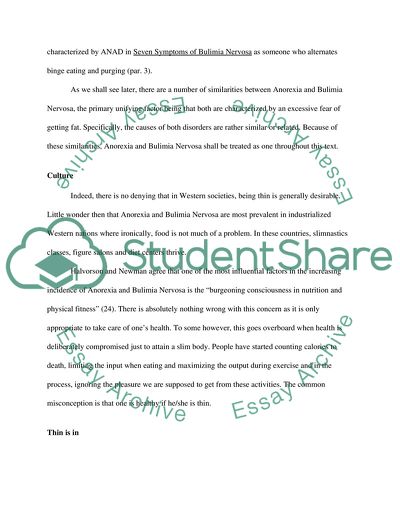Cite this document
(“The Pressure to be Thin: Mass Medias Involvement Essay”, n.d.)
The Pressure to be Thin: Mass Medias Involvement Essay. Retrieved from https://studentshare.org/social-science/1549858-the-pressure-to-be-thin-mass-medias-involvement
The Pressure to be Thin: Mass Medias Involvement Essay. Retrieved from https://studentshare.org/social-science/1549858-the-pressure-to-be-thin-mass-medias-involvement
(The Pressure to Be Thin: Mass Medias Involvement Essay)
The Pressure to Be Thin: Mass Medias Involvement Essay. https://studentshare.org/social-science/1549858-the-pressure-to-be-thin-mass-medias-involvement.
The Pressure to Be Thin: Mass Medias Involvement Essay. https://studentshare.org/social-science/1549858-the-pressure-to-be-thin-mass-medias-involvement.
“The Pressure to Be Thin: Mass Medias Involvement Essay”, n.d. https://studentshare.org/social-science/1549858-the-pressure-to-be-thin-mass-medias-involvement.


